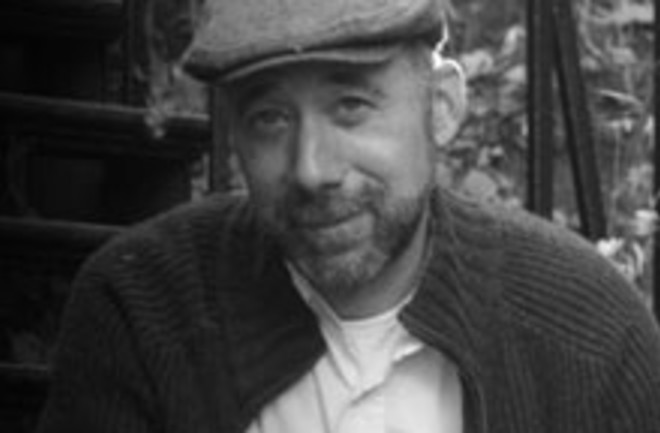Adam Frank is a professor of astrophysics at the University of Rochester who studies star formation and stellar death using supercomputers. His new book, "The Constant Fire, Beyond the Science vs. Religion Debate," has just been published. He will be joining Reality Base to post an ongoing discussion of science and religion—you can read his previous posts here, and find more of his thoughts on science and the human prospect at the Constant Fire blog.
It was all I could do to keep from hurling my jumbo buttered popcorn at the screen. A friend had taken me to see the new age hit "What the Bleep do We Know," and a moment comes when one of the interviewees says, "Every morning I get up and change the quantum fields around me." That was when the impulse to scream or laugh or throw the popcorn hit me. In the end, I just had to shake my head: It was just too silly. In yesterday’s post, I identified what I called “The Sullen” as a dominant mode of talking about science and religion. The Sullen are the religious fundamentalists who angrily reject those scientific findings (evolutionary biology, physical cosmology, etc.) that conflict with their interpretation of scripture. Today, I will briefly touch on the other well-traveled road in public discourse on science and religion, which, for alliterative reasons, I call "The Silly." In the 1980s, two books, The Tao of Physics and
permanently changed the popular conception of science and spirituality. These books sparked widespread interest in the confluence of science with eastern religious worldviews (Yogic and Buddhism). Quantum mechanics, the physics of subatomic phenomena, took center stage. Now the terms like “quantum healing” and the “observer phenomenon” have entered the lexicon of popular consciousness. The influence of this perspective can be seen in any catalogue from an adult learning center where classes linking quantum physics with everything from past-life regression to crystal energy channeling can be found. It is remarkable how widely buzzwords from “quantum spirituality” have diffused. I once had the distinctly unreal experience of being told that I should purchase a “magnetic bed” (a bed with magnets glued to the frame) because quantum physics proved it would increase my well being. Attempts to link Buddhism, Yoga or generic new age philosophies with scientific paradigms differ from the angry inward focus of fundamentalists. The Sullen reject a dominant paradigm (evolution) because it is at odds with their religious perspective. The Silly embrace a dominant paradigm (quantum mechanics) as confirmation of a cherished spiritual worldview. The problem, however, is that in spite of cheerful aspirations to a brighter day where "we are all connected," linking quantum physics with a specific religious doctrine is also fundamentally flawed. Writers like the infuriating Deepak Chopra use quantum mechanics to prop up ideas that have no connection to it. These attempts to force quantum physics into the strictures of a great spiritual tradition such as Buddhism or, more recently, imagined new age philosophies miss the essential point that in science, the world cannot be made to walk along a preconceived ideology. (My understanding is that the same could be said about those who are authentic in what they consider their spiritual practice.) There may be much of interest in Eastern perspectives, if only because of their millennia of focus on a very different set of questions than our Western tradition. This, however, is a different question than the positive claims of quantum spirituality. Fundamentally, the Sullen and the Silly make the same mistake—they only care about the results. They focus on what is published in journals and ask, “Does this fit with what I expect of the world?” There are many interpretations of quantum mechanics, and the Silly pick the one that fits their ideals best. Ultimately, a different perspective on science and religion will have to give up the fascination with results, and ask deeper questions about where science and religion originate in our long, long cultural history and, more importantly, the human experience.

